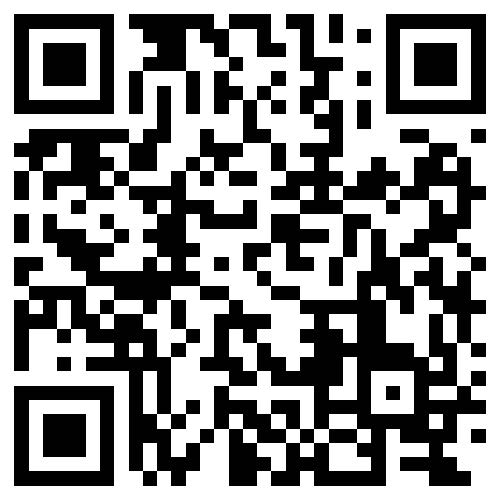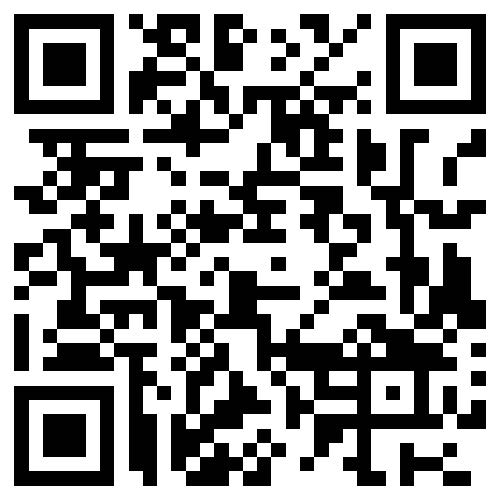What are the Different Types of Charts in Forex Trading
Charts are an essential instrument in a trader’s toolkit, providing a visual depiction of the historical and real-time fluctuations in currency pairs. This visual aid is pivotal for technical analysis. While various chart types exist, Forex trading predominantly utilizes candlestick and line charts, which cover the needs of traders 99% of the time. This article explores the different chart types used in Forex and their practical applications.
Understanding Charts
Charts graphically display the trading prices of an asset over a period. They offer insights into historical pricing, revealing the times of trading and the associated prices. This information is crucial for gauging shifts in supply and demand. An upward trend indicates increased demand over supply, driving prices up, while a downward trend suggests greater selling interest than buying, leading to price declines. Essentially, charts serve as a historical guide to potentially predict future asset price movements.
Line Chart Overview
The line chart is the quintessential Forex trading chart due to its simplicity. It connects closing prices with a line, offering a clear view of the currency pair’s price trajectory over time.
Benefits of Line Charts
- Ease of Use: Suitable for beginners due to its straightforward interpretation.
- Trend Visibility: Effective for spotting market trends by minimizing the impact of minor price oscillations.
Drawbacks of Line Charts
- Information Limitation: Omits details on opening, high, and low prices, focusing solely on closing prices.
- Inadequacy for Intraday Trading: Not ideal for short-term traders seeking precise entry and exit points.
Line Chart Utility
Line charts are favored for a quick market direction assessment, particularly in long-term analyses where trends are more critical than second-to-second price variations.
Candlestick Chart Explanation
Candlestick charts enhance visual appeal by representing each time period with a “candlestick” that encompasses the open, high, low, and close prices. The body color indicates whether the close was above (e.g., green/white) or below (e.g., red/black) the open price.
Perks of Candlestick Charts
- Visual Clarity: More engaging than bar charts and easier to interpret.
- Pattern Identification: Facilitates the recognition of patterns that may signal market sentiment or potential trend reversals.
Challenges with Candlestick Charts
- Pattern Dependence: A risk of over-reliance on patterns without considering broader market dynamics.
- Complexity for Novices: Can be intricate for beginners, particularly in identifying and understanding various candlestick patterns.
Candlestick Chart Usage
Due to their ability to reflect market sentiment and indicate turning points through patterns, candlestick charts are favored by technical analysts.
Chart Type Selection
Candlestick charts are predominantly used 99% of the time for their rich information content. Line charts may be employed for a broader asset view, but candlestick charts provide detailed price movement insights.
Comparing the two chart types, a line chart draws a continuous line through all price points over time, illustrating daily or end-of-day prices. In contrast, candlestick charts offer a more comprehensive picture, showing daily trading beginnings, peak and trough prices, and closing values. Sudden price movements are more discernibly represented in candlestick charts, which are easier to interpret than line charts.
While other chart types like bar, Heikin-Ashi, and Renko exist, they offer less utility. In trading, information abundance can lead to decision-making errors. It’s wise to discard extraneous information and concentrate on the most beneficial data.
One of the premier charting platforms available is TradingView. It is a robust, free tool for traders.
Conclusion
Forex trading charts, whether line or candlestick, offer distinct advantages suited to various trading styles and strategies. Understanding their unique features and uses enables traders to choose the most effective tools for their strategies, supporting more informed and profitable trading choices.












